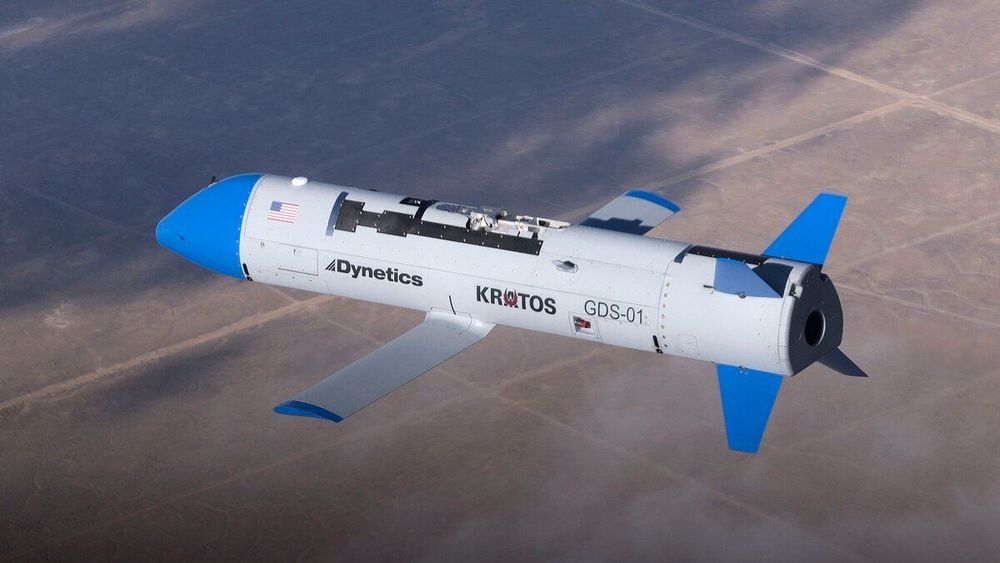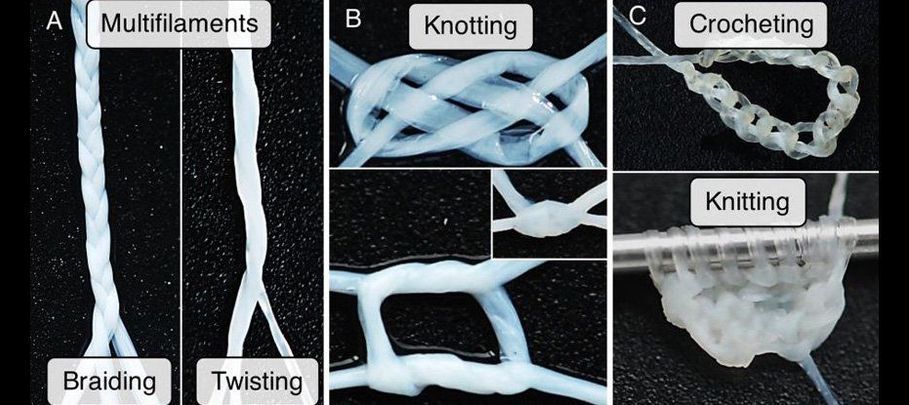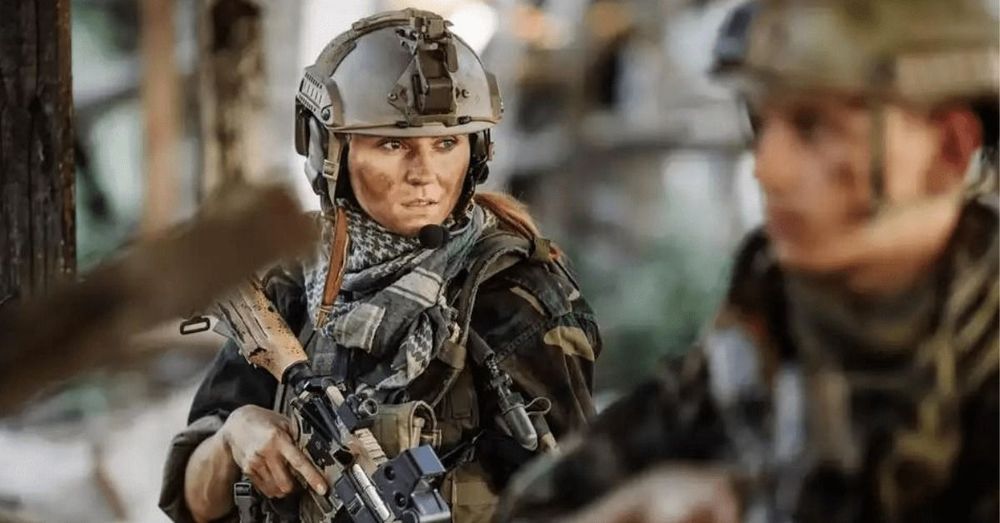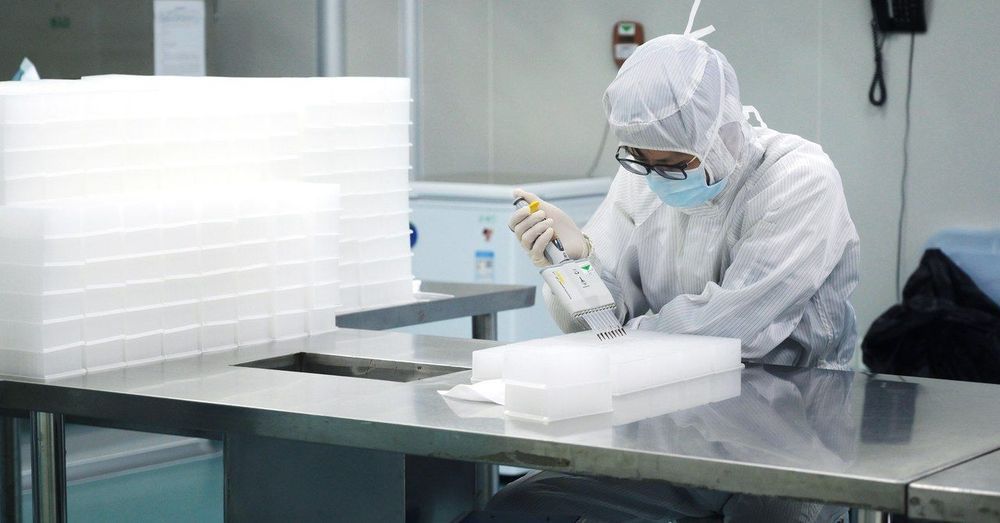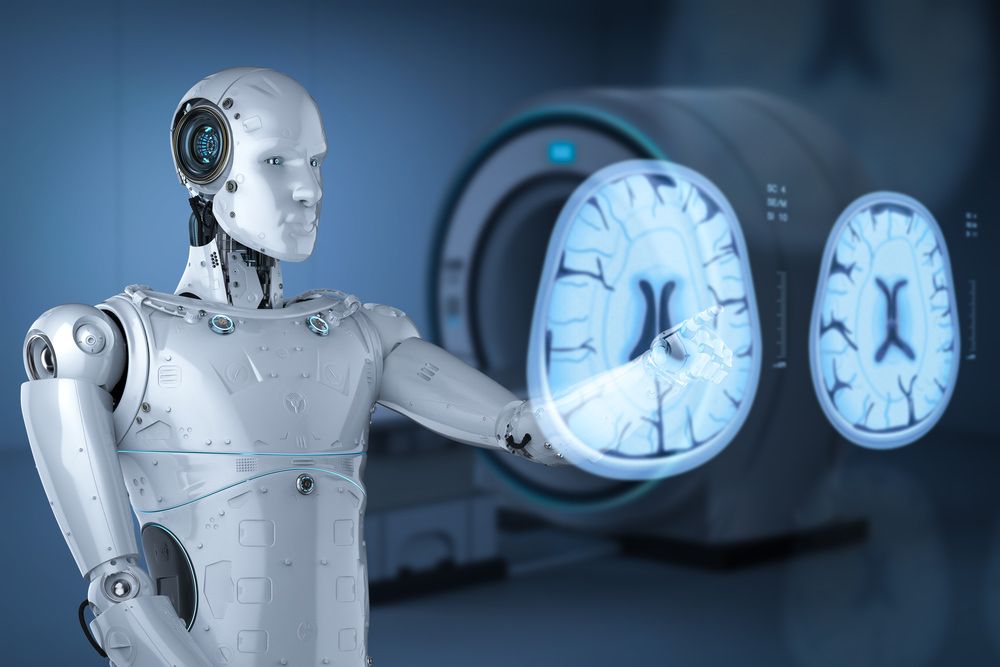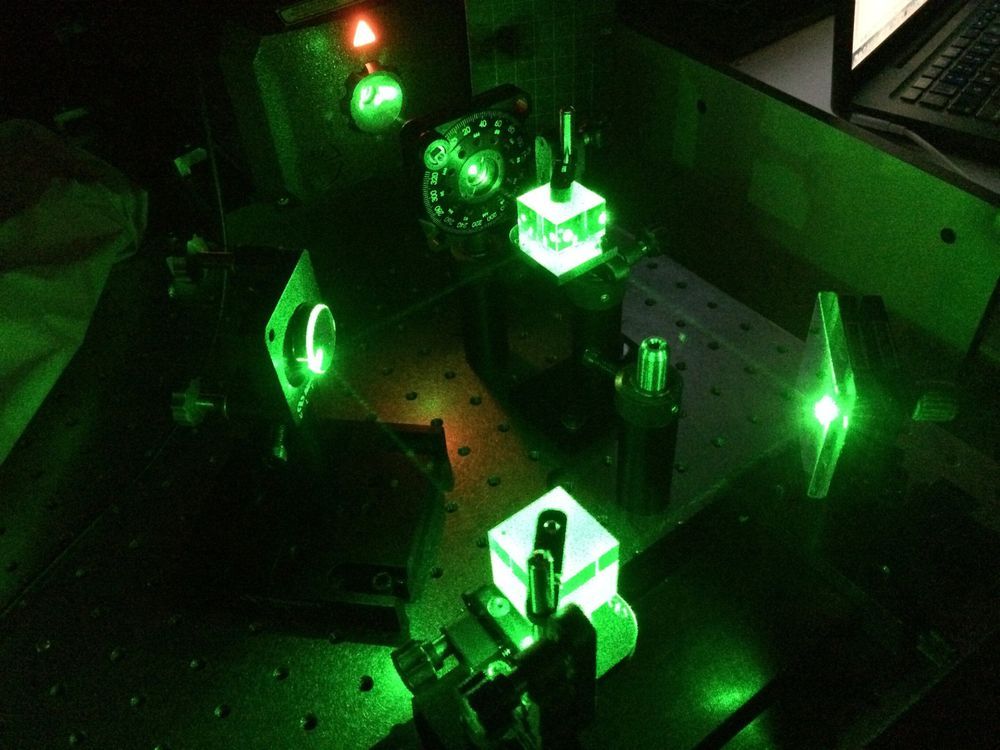The news: The Defense Advanced Research Projects Agency (DARPA) has conducted the first test of a new type of drone that can be launched from a plane in a swarm and recovered in mid-air when it’s done its job.
How it works: A military transport or bomber plane releases a series of drones in rapid succession. They carry out the task designated to them (surveillance, for example) and then return to the plane, docking on a line before being winched in. It looks a bit like the airborne refueling process.
Testing: A test, which took place in Utah in November but was first reported this week, showed that a military transport plane can successfully launch and monitor the drone, known as an X-61A Gremlin. However, after a successful mid-air launch and a flight lasting one hour, 41 minutes, the drone crashed when “mechanical issues” prevented its parachute from deploying, the firm behind the drone, Dynetics, said in a press statement. There’s video of the test here (it includes bad music, be warned). This spring, DARPA will try to fly and recover four of the drones for the first time.
